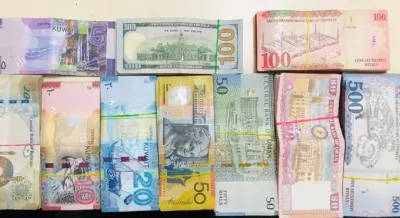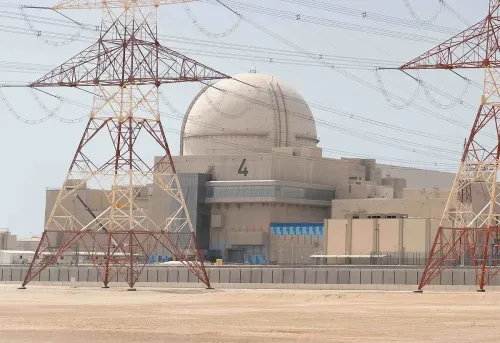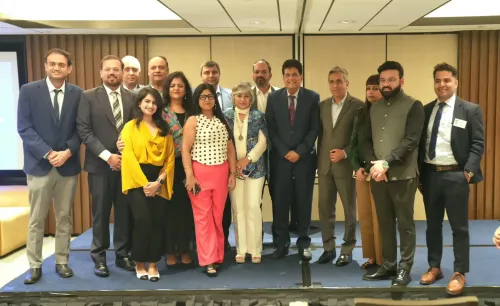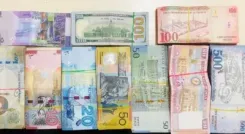What Does the Government's Recognition of 7 Centres of Excellence Mean for the National Critical Mineral Mission?
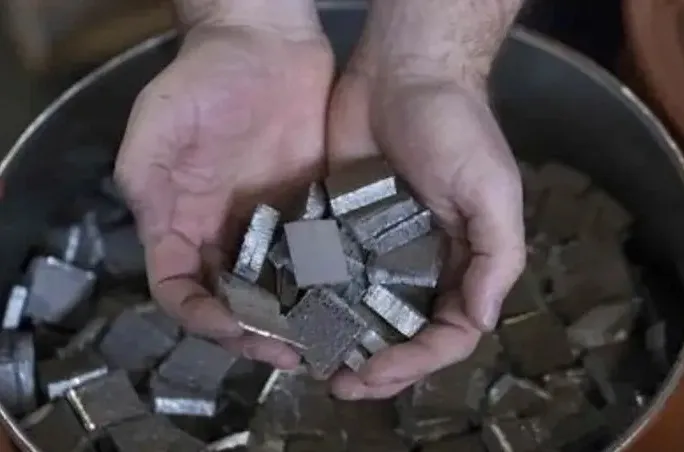
Synopsis
Key Takeaways
- Seven institutes recognized as Centres of Excellence under NCMM.
- Focus on research and technology development in critical minerals.
- Funding from government schemes and industry.
- Collaboration through Hub & Spoke model.
- Essential for clean energy and advanced tech sectors.
New Delhi, Aug 1 (NationPress) The Ministry of Mines announced on Friday that it has officially recognized seven institutes, comprising four IITs and three R&D Labs, as Centres of Excellence (CoE) under the National Critical Mineral Mission (NCMM).
This recognition signifies a pivotal advancement in achieving one of the primary goals of the NCMM, which focuses on research and technology development in the domain of critical minerals.
Critical raw materials are vital for the supply chain of emerging sectors, including clean energy and mobility transition, as well as advanced technology and strategic fields such as electronics, defence, and space.
To effectively develop, demonstrate, and deploy technologies using an end-to-end systems approach, conducting R&D is essential to achieve higher Technology Readiness Levels (TRL), specifically TRL 7/8 for pilot plants and pre-commercial demonstrations.
The CoEs will spearhead innovative and transformative research aimed at enhancing the nation’s science and technology capabilities in critical minerals. Funding for these CoEs will be project-based, sourced from various government R&D schemes, industry contributions, and venture investors, according to the ministry.
The recognized institutes and labs include IIT Bombay, IIT Hyderabad, IIT-ISM Dhanbad, IIT Roorkee, CSIR–IMMT, Bhubaneswar, CSIR–NML, Jamshedpur, and NFTDC, Hyderabad.
Each CoE will function as a consortium, employing a Hub & Spoke model to maximize R&D in critical minerals, pooling the core competencies of each member under a unified framework.
The CoE (Hub Institute) is required to include at least two industry partners and two R&D/academic partners in the consortium, as stipulated in the CoE guidelines.
The seven recognized CoEs collectively represent around 80 industry and academic/R&D spokes.
“In the process of recognizing CoEs, the Ministry previously invited proposals from eligible institutes and conducted a comprehensive two-tier evaluation and approval process,” stated the ministry.


